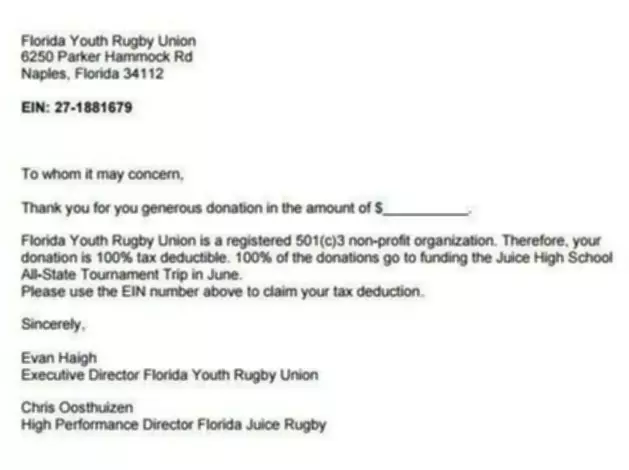
How Do You Know When to Prorate Employee Vacation?
Content

Note that sick leave which is kept separate and not combined into any type of PTO plan is not a vested benefit and therefore does not need to be paid out at termination. Employees receive or rather accumulate their paid time offs over a period of time. It varies from organization to organization and even from department to department. It is entirely up to the employer to determine who’s eligible to avail PTO, how many days are available each year, and how PTO accrues. OnTheClock’s time tracking system will perform these calculations for you, providing you with extra time to invest in growing your business.
Final Reading: Vermont sheriffs propose their own reforms - VTDigger
Final Reading: Vermont sheriffs propose their own reforms.
Posted: Sat, 18 Feb 2023 00:31:24 GMT [source]
Inspite of the complexity, you must understand how to calculate accrued paid time offs and vacations. That's because organizations use PTOs as a valuable perk to attract and retain top talent.
How to calculate accrued time
A monthly payroll cycle isn’t allowed in all states and is commonly reserved for upper-level management. However, if you manage your accruals monthly, the calculation is pretty basic. If you grant your employees two weeks of vacation and PTO each year, that would equal 80 hours per year. Add the number of hours earned in the current accounting period. Displays the current vacation balance accrued for the employee in the (Vacation balance is …) information field. A new Vacation Accrual check box in the Subject to section of the window lets you control which taxable benefits or non-taxable deductions affect the accrual amount. Sick leave and vacation into one PTO category can lead to unplanned consequences for employees.
- For example, an employee may earn one hour of paid time off per 40 hours worked.
- To avoid any misunderstandings in this area, the vacation plan/policy should state clearly and specifically which employee classification are excluded.
- Tom works 40 hours a week and gets paid biweekly, so he can work 2,080 hours each year.
- Bureau of Labor Statistics found the greatest use of PTO occurs among full-time employees in companies that pay relatively high wages in service-sector industries.
- As an employer, you must determine how to treat an employee’s unused vacation time.
- If the employees only work partial shifts or varying shifts, it may be better to choose a different accrual method.
If your employees work the same number of hours every day, you may set your vacation accrual to happen daily. First, you must determine how many days employees are scheduled to work in a year. Remember to subtract the vacation time you're allotting to your employees as well as any paid or unpaid holidays when employees are not in the office. In fact, if you grant PTO as a lump sum at the start of the year, you wouldn’t need to manage accruals at all.
How Do You Calculate Prorated Vacation?
For example, if an How to Calculate Accrued Vacation Pay works 32 hours and uses 8 hours of PTO, the eight hours of paid time off would not accrue additional paid time off. Due to complexity, many organizations moved away from this program and started implementing accrual-based time off policies. While PTO is a great way for companies to reduce cost and offer employees flexibility when taking time off, calculating time accrued can be difficult. Depending on your business’s locality, you might not be able to establish a use-it-or-lose-it policy for PTO. Some states consider accrued time off wages, and failing to give employees these wages is illegal. In many businesses, accrued time off expires at the end of the year.
But, there are also ways to https://www.bookstime.com/ holiday accrual if the employee works irregular hours, has a zero-hours contract, works in shifts or works by annualised or compressed hours. The Working Time Regulations 1998 require companies to offer employees 28 days (or 5.6 weeks) of paid holiday annually, although you can offer more. To calculate pay for unused vacation, you calculate the employee's daily rate and multiply that by the unused PTO days. Some companies do away with all the tricky PTO calculations and give their workers unlimited PTO. Employees decide when they can take their vacation days—as long as they don't disrupt business. That means for every hour the employee works, they earn 0.04 hours of paid leave.
Required Use of Paid Vacation Instead of Unpaid Time Off Generally OK
Employees might earn general personal time off hours that they can delegate toward vacation, sick, or personal time. After you calculate the vacation time accrued for each employee, you will need to record them in your business’s books. Be sure to record vacation accrued at the end of your accounting period. The employee receives an additional five hours of vacation time and used 10 hours during the month. The easiest method is to use the yearly formula, allocating an employee's vacation days at the beginning of a year. But with hourly employees who are not full-time, you may prefer one of the other methods. In the examples above, we used a weekly pay cycle and a standard five-day, 40-hour workweek.
How many days is 30 hours of vacation?
To determine how many days of PTO that is, you can divide that number by eight. For our example, that would mean dividing 30 by eight, which equals 3.75 days of PTO.


